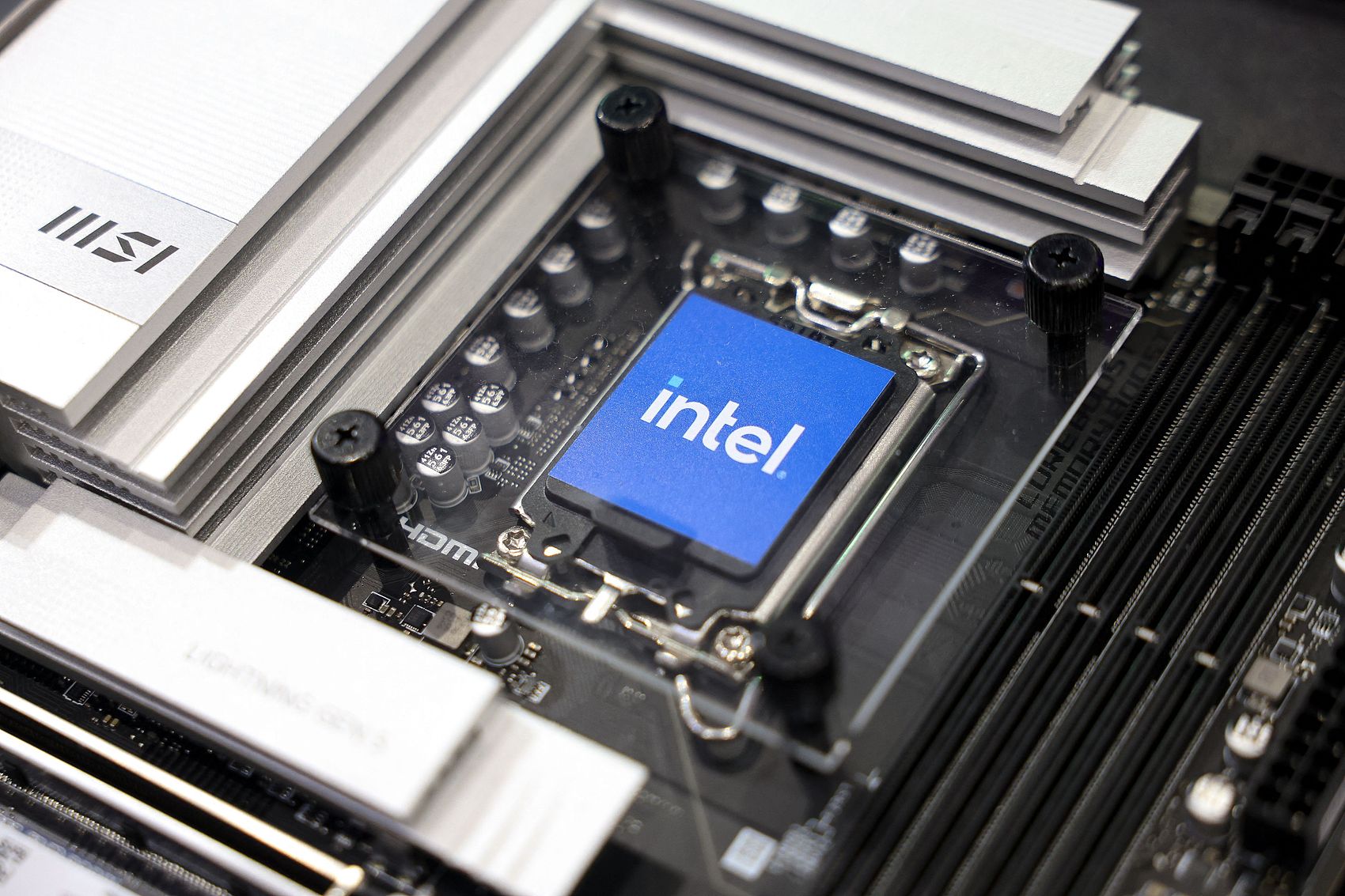Intel’s recent struggles stem from missed opportunities in mobile and AI, slow tech adoption, and internal resistance to change. This article examines these issues and the proactive strategies being implemented under CEO Pat Gelsinger. While the path to recovery is steep, there is cautious optimism about Intel's potential resurgence.
Once a titan in the semiconductor industry, $Intel (INTC.US)$'s decline has been both rapid and dramatic. Once synonymous with cutting-edge technology and market dominance, Intel now finds itself struggling to keep pace with more agile and innovative competitors. The company's fall from grace can be attributed to a series of strategic errors and missed opportunities, which have left it scrambling to regain its footing in a rapidly evolving industry. This article delves into the key factors behind Intel's decline, examining how strategic missteps have contributed to its current predicament.
Missing the Mobile Revolution: The iPhone Blunder
One of the most glaring missteps in Intel's recent history was its failure to secure a partnership with Apple for the iPhone. In the mid-2000s, Apple approached Intel to provide chips for its groundbreaking new device. However, Intel's then-CEO Paul Otellini declined, deeming the deal financially unattractive. This decision allowed ARM-based processors, notably those from Qualcomm, to dominate the mobile market. The iPhone’s success not only revolutionized the mobile industry but also shifted the focus away from traditional PCs, where Intel had been dominant.
Abandoning GPU Development: A Costly Oversight
 Intel's decision to abandon early GPU development was another strategic blunder. While companies like NVIDIA and AMD invested heavily in GPU technology, Intel chose to focus on its CPU dominance. This oversight allowed NVIDIA to become a leader in GPU technology, which has become increasingly important in applications ranging from gaming to artificial intelligence. Intel's late entry into the GPU market has left it struggling to catch up in a field where it could have been a leader.
Intel's decision to abandon early GPU development was another strategic blunder. While companies like NVIDIA and AMD invested heavily in GPU technology, Intel chose to focus on its CPU dominance. This oversight allowed NVIDIA to become a leader in GPU technology, which has become increasingly important in applications ranging from gaming to artificial intelligence. Intel's late entry into the GPU market has left it struggling to catch up in a field where it could have been a leader.

The OpenAI Miss: A Lost Opportunity
Another missed opportunity was Intel's decision not to invest in OpenAI. In 2017, OpenAI was seeking investment to further its research in artificial intelligence. While Microsoft eventually invested $1 billion, Intel missed the chance to be at the forefront of AI development. Given the current AI boom, this decision is increasingly seen as a significant strategic error. Intel's absence in this burgeoning field has left it lagging behind competitors who are now reaping the benefits of early investments in AI.
Lagging Behind in Manufacturing: The EUV Dilemma
Intel's reluctance to adopt Extreme Ultraviolet Lithography (EUV) technology for its chip manufacturing processes has also been a critical factor in its decline. While competitors like TSMC and Samsung embraced EUV to achieve smaller, more efficient chip designs, Intel's conservative approach led to significant delays in its manufacturing roadmap. The once-reliable "Tick-Tock" model, which alternated between shrinking chip sizes and improving architectures, has been effectively abandoned. This has resulted in Intel falling behind in both performance and efficiency, allowing competitors to gain a substantial lead.
The Burden of the IDM Model
Intel's Integrated Device Manufacturing (IDM) model, which involves designing, manufacturing, and selling its own chips, was once its greatest strength. However, in today's rapidly changing market, this model has become a liability. The high costs and inflexibility associated with maintaining in-house manufacturing facilities have hindered Intel's ability to innovate and adapt quickly. Experts have suggested that Intel should consider transitioning to a fabless model, outsourcing manufacturing to third-party foundries. However, such a shift would be monumental and could potentially devalue the company's existing assets.
The Cultural Rot: Internal Strife and Resistance to Change
Beyond strategic errors, Intel has also been plagued by internal issues. Reports of a "big company disease" indicate a culture resistant to change and innovation. Former employees and industry insiders describe an environment where short-term financial performance is prioritized over long-term innovation. This has led to a loss of talent and a stifling of new ideas, further exacerbating Intel's decline.
The Struggle to Rebuild: IDM 2.0 and Future Prospects
In an attempt to turn the tide, current CEO Pat Gelsinger has introduced the IDM 2.0 strategy, which aims to optimize Intel's internal factory network and expand third-party foundry services. While this approach is a step in the right direction, it may be too little too late. Intel's competitors have firmly established themselves as leaders in both design and manufacturing, making it difficult for Intel to regain lost ground.
Conclusion
Intel's fall from grace is not due to a single factor but a combination of strategic missteps, cultural inertia, and external competitive pressures. While the company is making efforts to turn things around, the road to recovery is steep and fraught with challenges. Last Friday, $Qualcomm (QCOM.US)$ reportedly is in talks with Intel regarding a potential acquisition, which would rank as one of the largest-ever semiconductor mergers if the deal were to take place. However, such a merger would also face significant regulatory scrutiny and integration challenges, adding another layer of complexity to Intel's already tumultuous journey. Whether this move will provide the much-needed catalyst for Intel's revival or further complicate its path remains to be seen.

